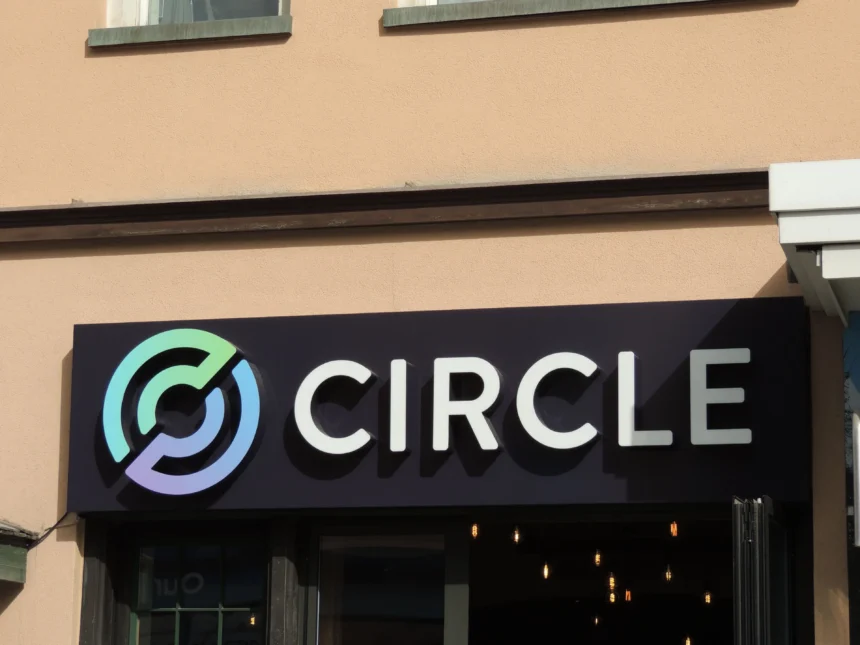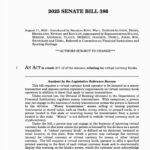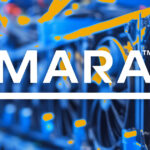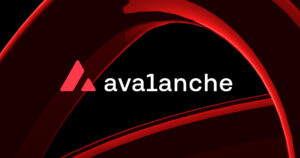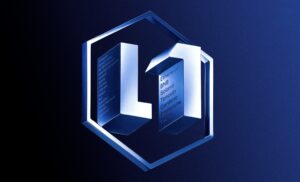The US-based fintech powerhouse, best known for issuing the USDC stablecoin and now trading publicly on the NYSE, has just announced plans to roll out its own Layer-1 (L1) blockchain. Dubbed Arc, this EVM-compatible network is slated for a public testnet launch later this year, positioning itself as a robust foundation for enterprise-level applications in stablecoin payments, foreign exchange (FX), and capital markets. This revelation came alongside Circle’s Q2 financial earnings report, released on Tuesday, which showcased impressive growth metrics. The company reported a 53% year-over-year surge in total revenue and reserve income, climbing to $658 million. In my view, this underscores the resilience of the stablecoin sector amid broader market volatility, as USDC continues to dominate as a go-to asset for on-chain transactions and DeFi liquidity.
What sets Arc apart? For starters, it’ll natively integrate USDC as its gas token, allowing users to cover transaction fees directly with the stablecoin—a seamless innovation that could lower barriers for institutional adoption. Circle describes Arc as “purpose-built for stablecoin finance,” aligning with their ambitious goal of creating a comprehensive “full-stack platform for the internet financial system.” Key features include an embedded stablecoin FX engine for efficient cross-border swaps, near-instantaneous settlement times (sub-second finality), and optional privacy controls to cater to regulated environments.
Importantly, Arc won’t exist in isolation. It’ll be deeply woven into Circle’s existing ecosystem, maintaining full interoperability with the 24 other blockchains where USDC already circulates. At press time, USDC boasts a hefty $65.6 billion market cap, with Ethereum holding the lion’s share at $42.6 billion in supply. This multi-chain strategy has been a cornerstone of Circle’s success, and extending it to their own L1 could further solidify USDC’s position against rivals like Tether’s USDT. On the financial front, Circle’s Q2 wasn’t all sunshine. The firm posted a net loss of $482 million—a staggering 93% jump from the $33 million loss in Q4 2024. However, this red ink is largely attributable to one-time expenses tied to their initial public offering (IPO), including $591 million in non-cash charges. Breaking it down: $424 million stemmed from stock-based compensation triggered by vesting milestones, while another $167 million arose from the revaluation of convertible debt amid rising share prices. As an analyst, I’d note that such IPO-related hits are common for newly public tech firms, and they don’t necessarily signal operational weakness—especially with revenue trending upward.
Circle’s IPO itself was a blockbuster: They raised $1.05 billion and hit the NYSE on June 5 at $69 per share under the ticker CRCL. The stock skyrocketed to a peak of $292.8 by June 23, reflecting investor enthusiasm for crypto’s convergence with traditional finance. But momentum has cooled, with shares closing at $161.2 on Monday, marking a 21% dip over the last month. Market watchers like myself are monitoring this closely; while short-term corrections are par for the course in volatile sectors, Circle’s blockchain ambitions could reignite bullish sentiment if Arc delivers on its promises. This launch fits into a broader industry trend where crypto natives and TradFi incumbents are racing to build or leverage custom blockchains. Just this week, reports emerged of Stripe partnering with Paradigm to develop Tempo, a new network aimed at fintech innovations. Robinhood recently unveiled its own Layer-2 for tokenization in late June, and Shopify kicked off USDC payments on Coinbase’s Base L2 around the same time. These developments highlight a maturing ecosystem where stablecoins and blockchains are blurring the lines between decentralized finance and everyday commerce. In the bigger picture, Arc could catalyze what some are calling “DeFi Summer 2.0,” especially if it attracts yield-bearing stablecoin integrations or institutional capital. With regulatory tailwinds like the GENIUS Act potentially boosting the space, Circle’s strategic pivot from issuer to infrastructure provider is one to watch.
Stay tuned! I’ll be tracking Arc’s testnet rollout and its impact on USDC’s dominance.

